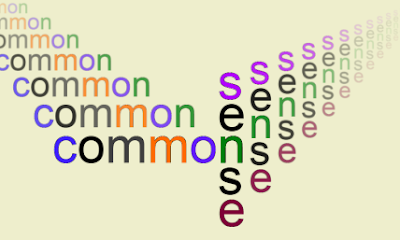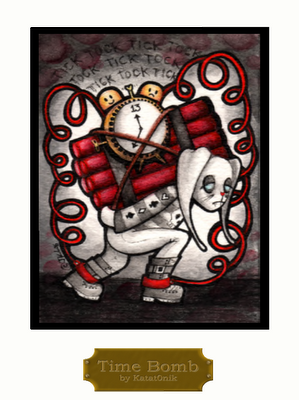
 It could be that the purpose of your life is only
It could be that the purpose of your life is only
to serve as a warning to others – Ashleigh Brilliant.
This month, The Learning Circuits Blog has the theme:
‘Presenting the Value of Social Media for Learning’.
Tony Karrer puts The Big Question:
How do I communicate the value of social
media as a learning tool to my organization?
The answer I have for him is, perhaps very slowly.
In the year 2000 I used Web1.0 technology in an attempt to emulate Web2.0. At that time I didn't know what Web2.0 was.
As senior teacher, I began designing web pages and developing elearning resources permitting learner interaction and feedback. I was labelled as a geek. This was despite the organisational approval, funding and planning time provided for me to engage in the development of elearning resources.
In 2002, as a full-time elearning teacher, this opinion of my role in using digital technology was confirmed by a newly appointed manager.
When she saw what I was doing using Web1.0/Web2.0 technology, she openly declared that she was not a geek. She affirmed that she could never embrace what I was practicing, for she did not want to be seen as a geek.
In 2007, a leading light on the staff created her blog especially, but not exclusively, for staff use and interaction. I was astonished that, from an organisation that supported hundreds of teaching staff, there were so few participants who entered into discussion on the blog.
In 2008, while working in the same organisation, I started a blog.
I discovered that many of my colleagues viewed this practice as a risky business. Some were still not sure what a blog was.
They had a vague idea that web pages, blogs and wikis, were all related in some way, but their exact function, usefulness and operational value were unclear to many and often viewed with suspicion. I have many colleagues who still find Web2.0 quite elusive.
In 2009, I'm pleased to share the blogosphere with several work colleagues ( 1 ), ( 2 ), ( 3 ), ( 4 ), ( 5 ), ( 6 ), ( 7 ) who actively maintain their blogs and post regularly.
Some have been blogging since early 2007. Whether anything I did had any influence on my colleagues to do likewise is purely a matter for conjecture. It’s been a long time.
But when it comes to communicating the value of social media as a learning tool, leading by example may be as good a way as any.











































